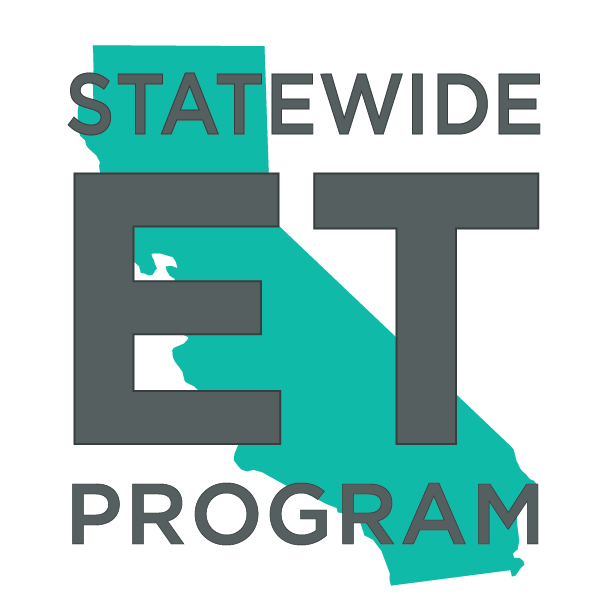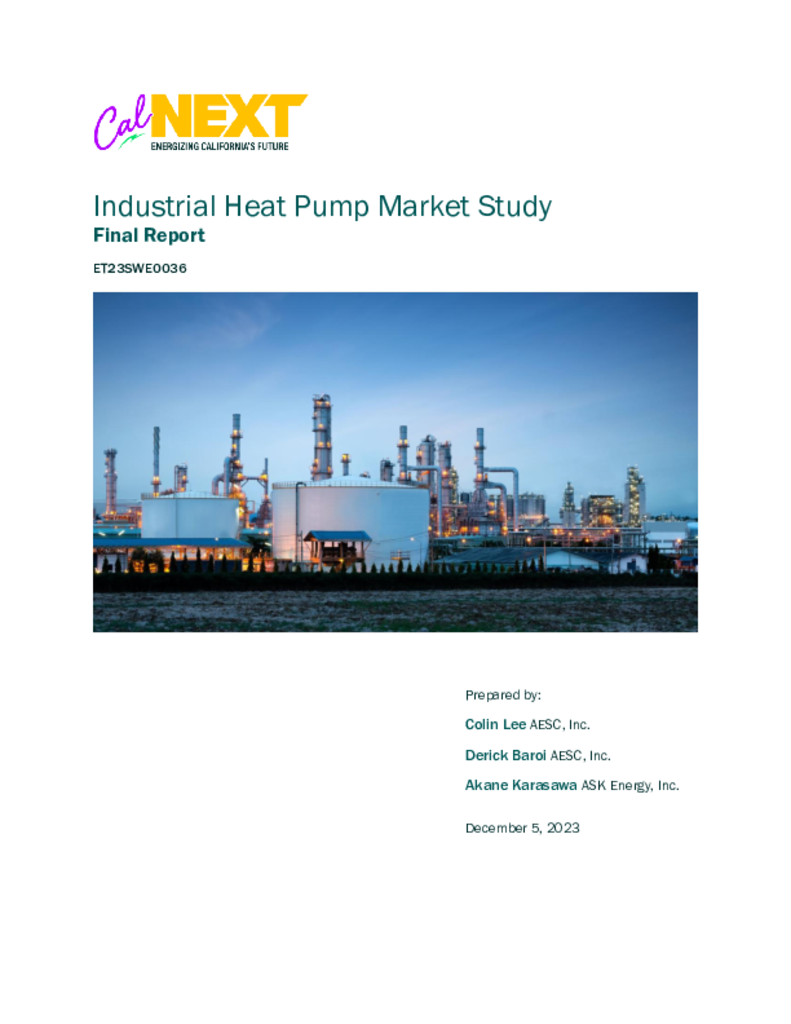ET23SWE0036 - Industrial Heat Pump Market Study

This project involves a market characterization study for Industrial Heat Pumps. Industrial Heat pumps are heat pumps that are used in large-scale industrial processes. Standard heat pumps are generally used for residential and small-scale commercial applications. Industrial heat pumps, on the other hand, are typically designed to handle much larger heating loads, temperatures, and pressures and overall more robust to meet the demands of industrial processes. Available studies suggest that industrial heat pumps are an underserved sector mostly due to the critical roles the incumbent technology plays within existing processes. End users are generally hesitant to embrace technology that is less common/mature and ones they are less familiar with. Existing studies indicate that there are significant energy and greenhouse gas savings potential by replacing more common natural gas heating technologies with industrial heat pumps. For example, an ACEEE study notes a savings of up to 32% of source energy. The IEA report suggests a savings of up to 10% of global emissions if fossil fuel boilers were replaced by heat pumps in these applications.
This study will serve to provide additional context as to how this technology can play a role in decarbonization and reducing energy usage within California. The study will include the following: 1) size the potential market of industrial heat pumps in CA, 2) identify the highest benefit applications and locations, 3) identify commercial and pre-commercial technologies and manufacturers, 4) identify technology feasibility including technology and market barriers and opportunities, and 5) recommend utility interventions to support market adoption.

